
Special Experience
Tokyo
Traditional Ikebana with an Ikenobo Master ーmatcha tea time includedー
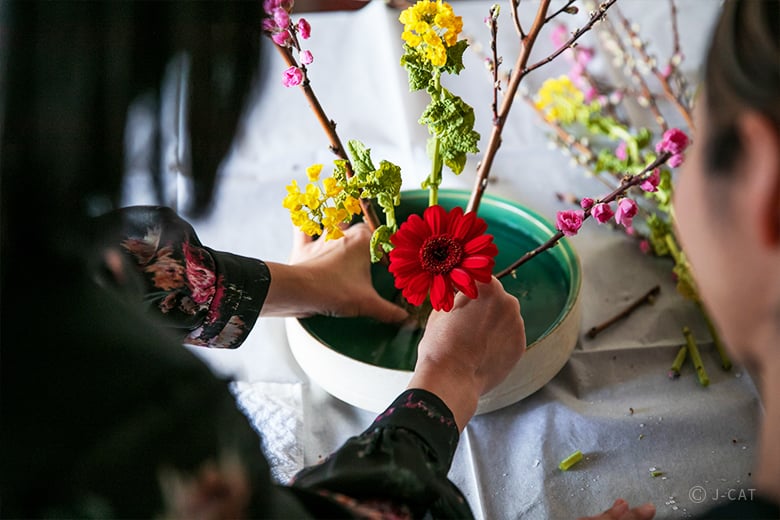
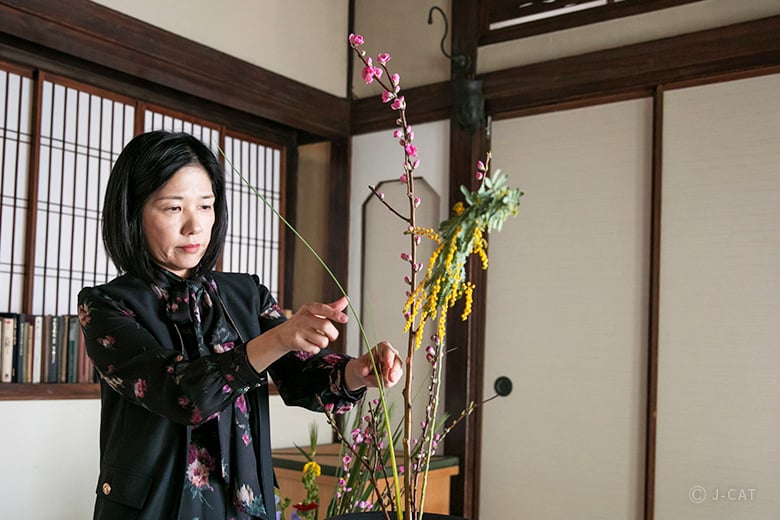
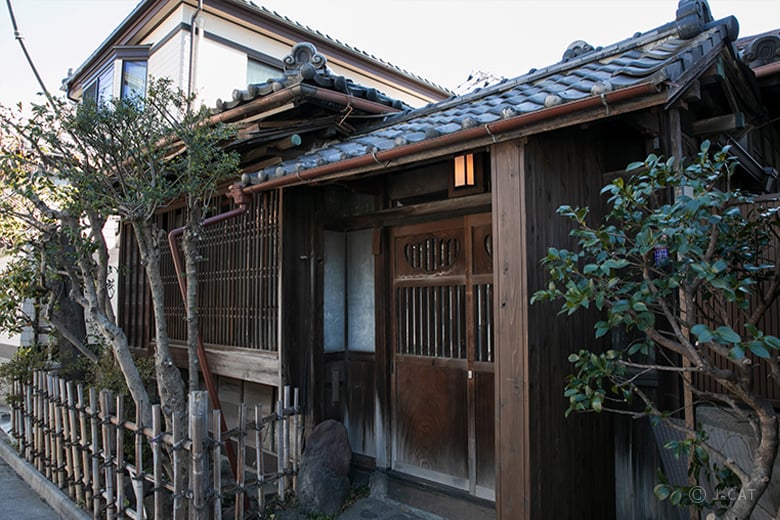
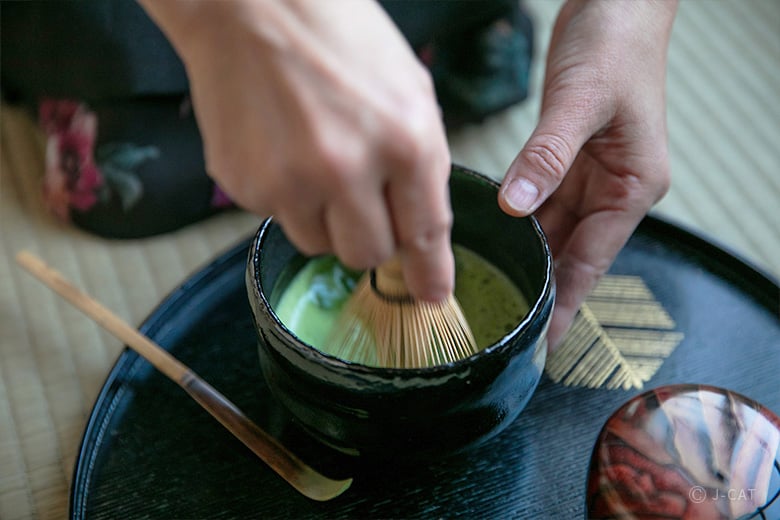
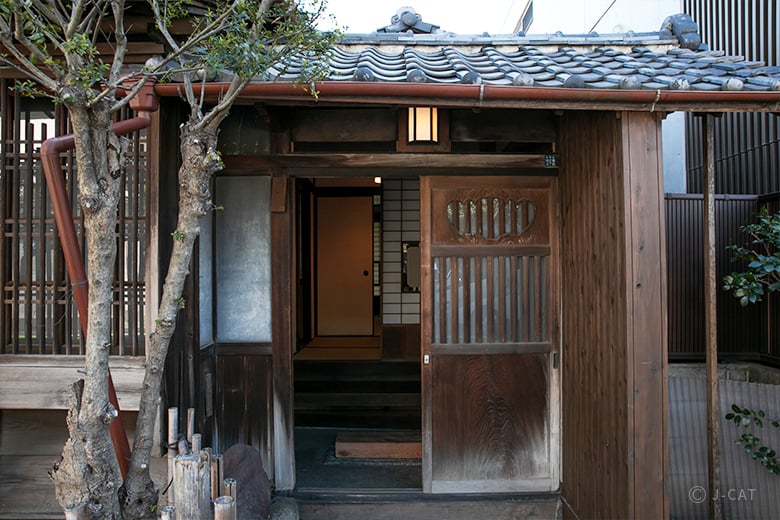
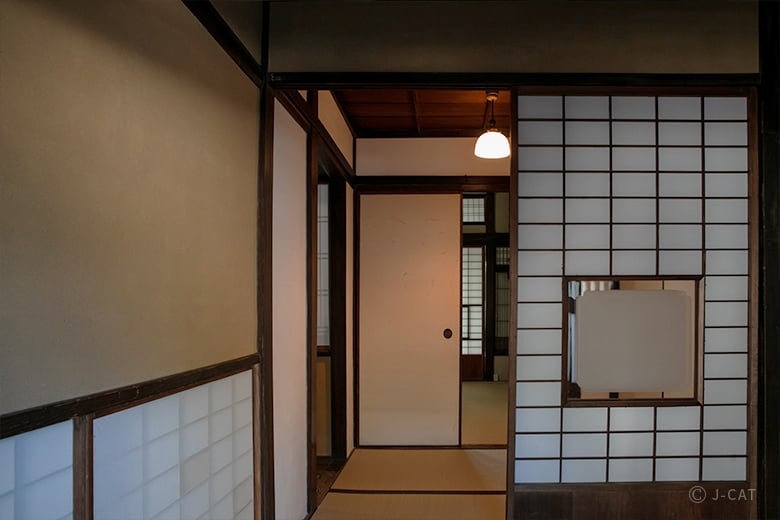
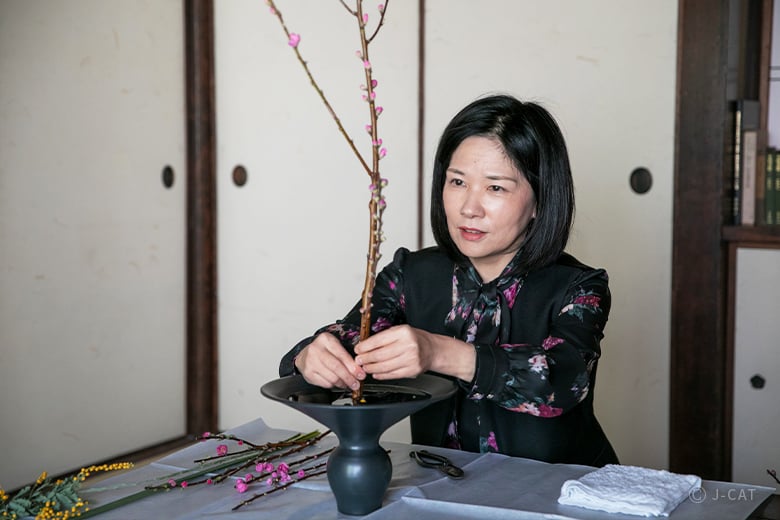
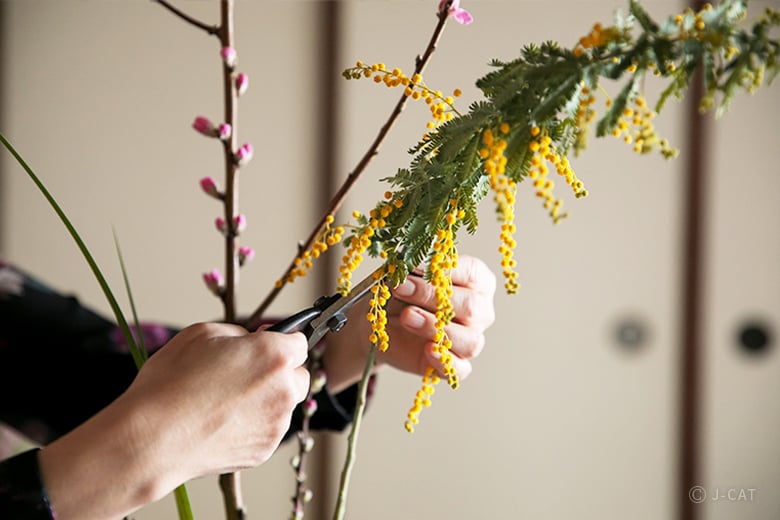
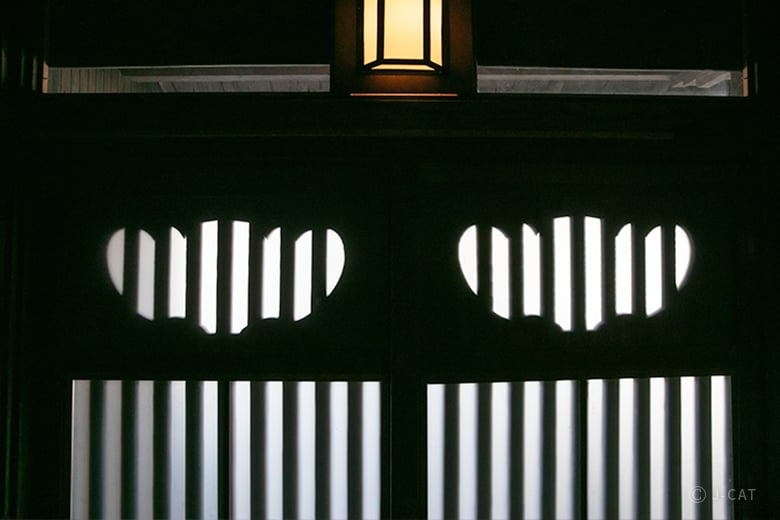
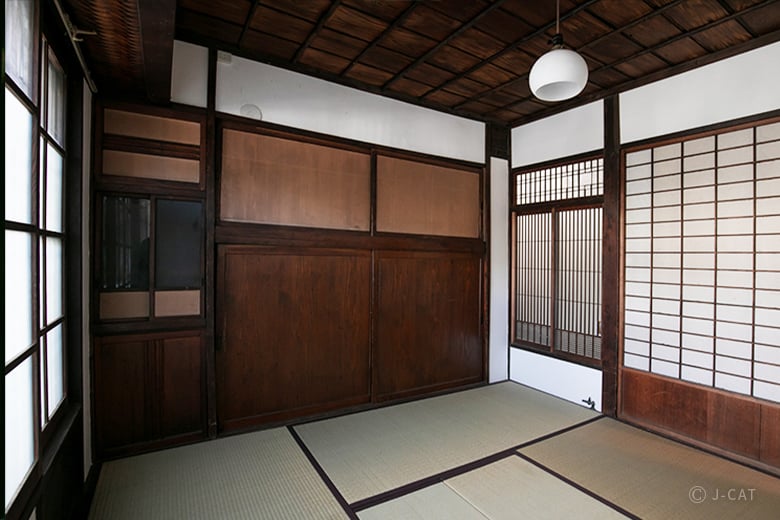
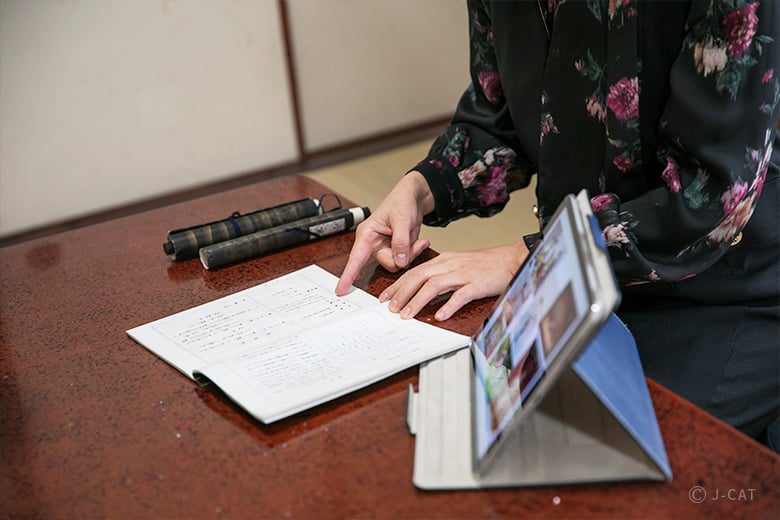
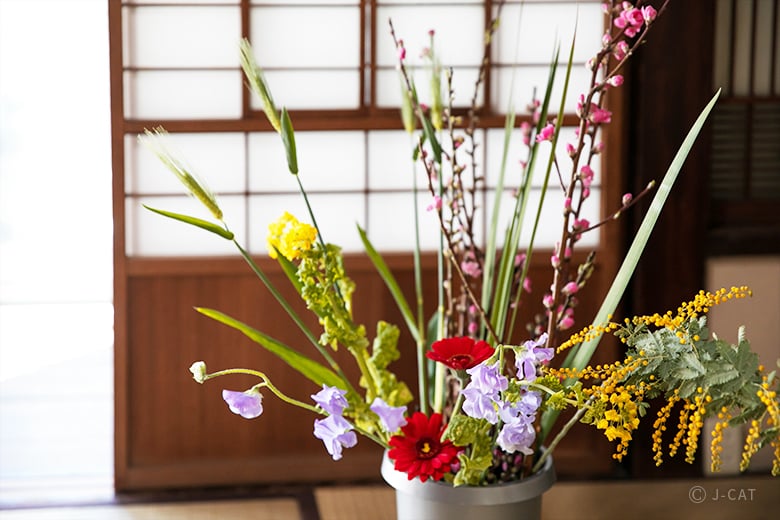
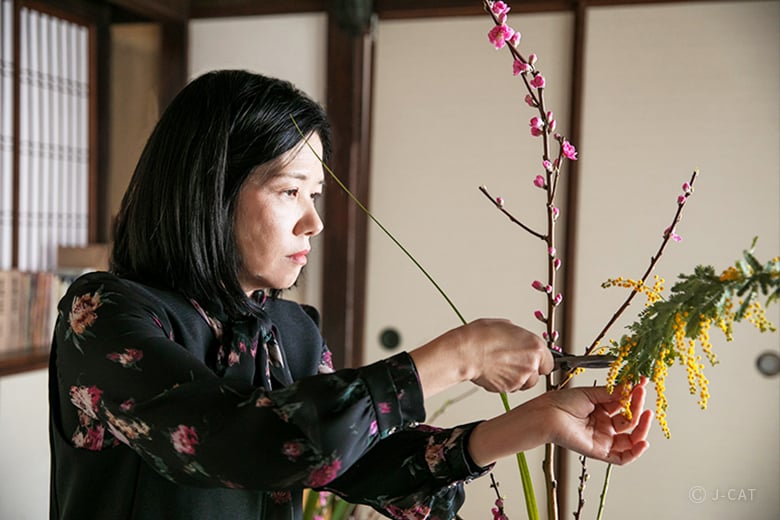
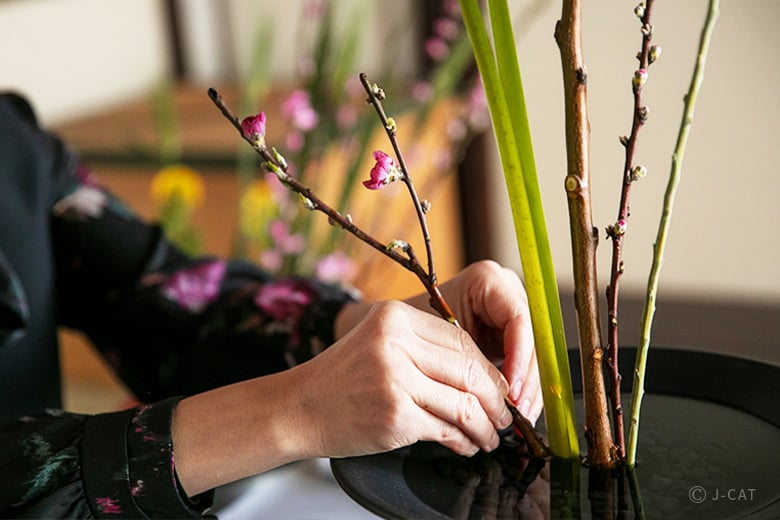
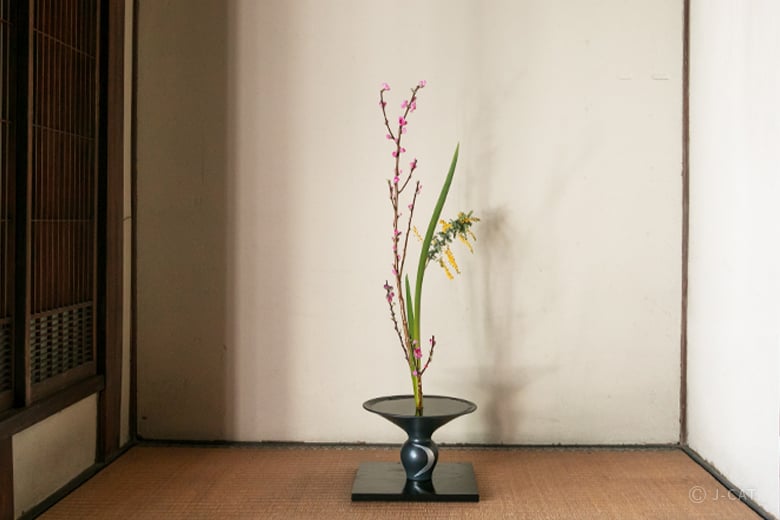
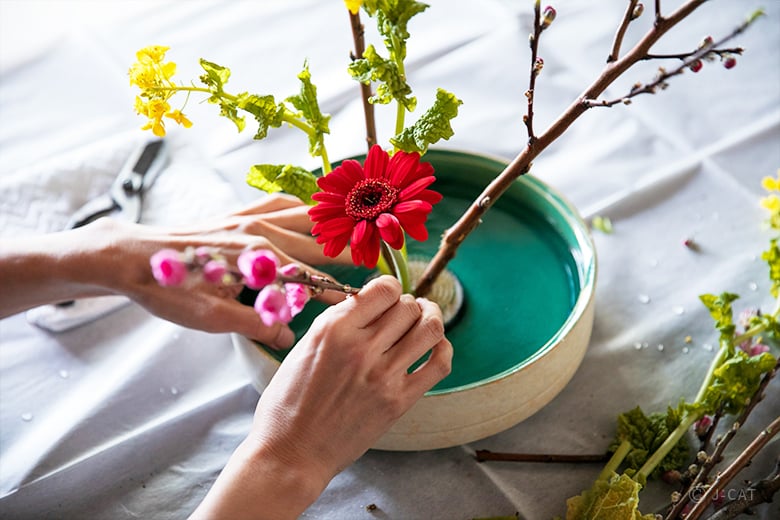
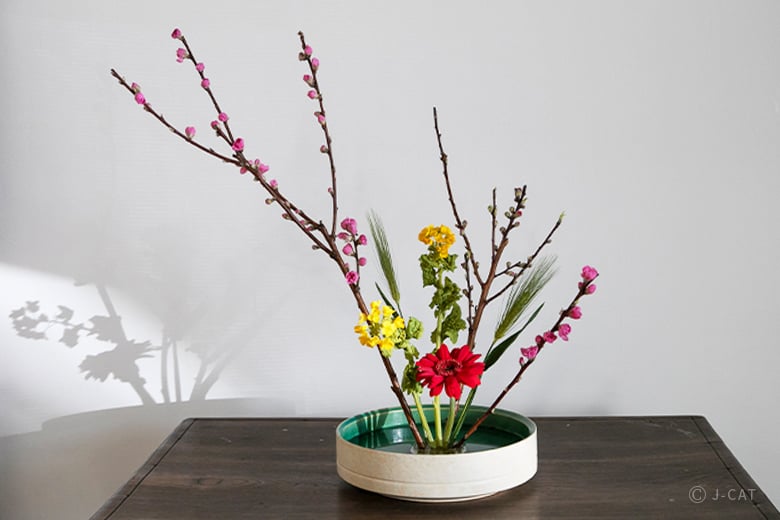
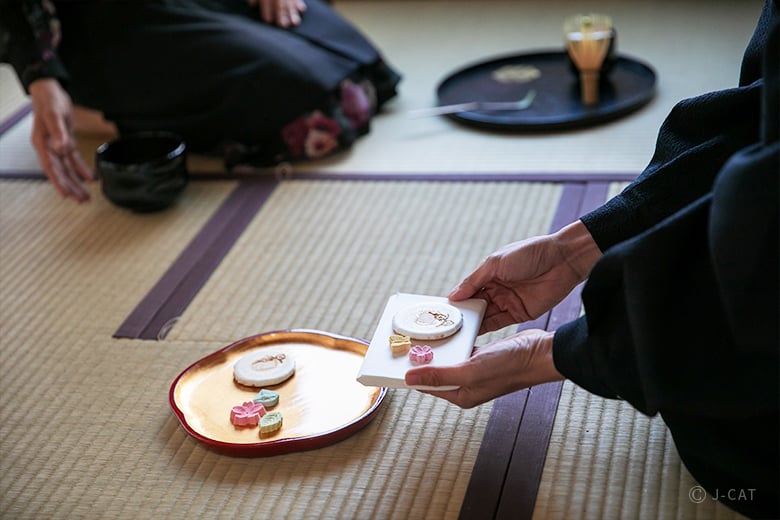
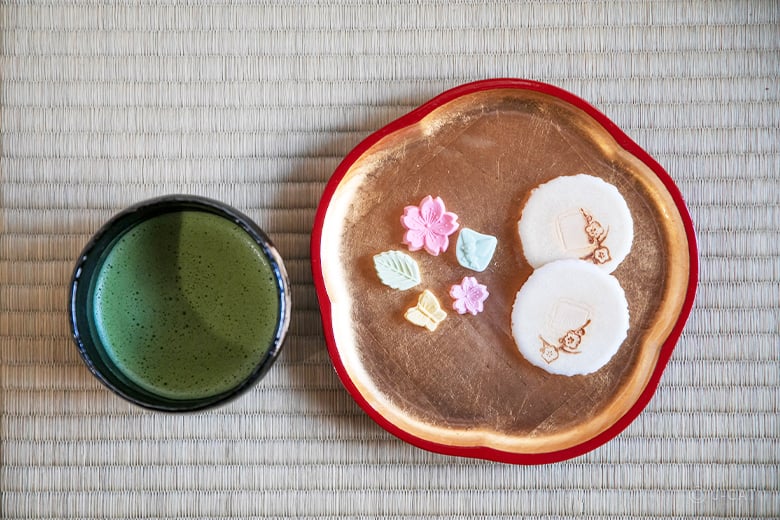
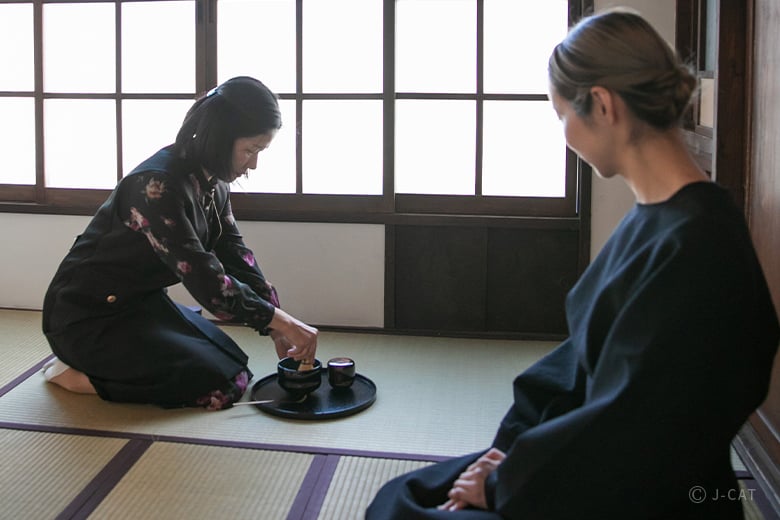




















Overview
Cultivate your ikebana skills at a completely private experience inside Sandan-zaka no Wakan, a historic building in Tokyo’s Ueno area. Your instructor, Shinsui Fuse, is a professor from Ikenobo, the oldest school of ikebana with a history of 550 years. After learning about the history and basics of ikebana, watch her arrange various seasonal flowers. Then, try making your very own jiyuka (freestyle) arrangement. Finally, sit back in the tea ceremony room and chat over some matcha and Japanese sweets.
Key Features
・Experience the traditional art of ikebana in a Registered Tangible Cultural Property that has stood for over a century
・Create your own arrangement with seasonal flowers, which you can also take home
・Learn about matcha drinking etiquette and the spirituality behind tea ceremony
Tokyo
120mins
from ¥44,000 /person
1 - 6 participants
Available in English
Cancel free up to 11 days prior
Details
Ikebana Inside a Charming and Historic Japanese Structure
This experience is held in Nezu, a town easily accessible from Tokyo’s spacious Ueno Park. Home to Nezu Shrine, one of the oldest shrine in Tokyo, the area is also a popular sightseeing choice due to its nostalgic atmosphere. In a quiet residential district nearby, you’ll find Sandan-zaka no Wakan, a traditional building erected over 100 years ago. Listed as a Registered Tangible Cultural Property in 2023, it is now used by the Taito Cultural & Historical Society, an NPO, for art exhibitions and as a space to interact with others.

A simple yet traditional design that represents the architecture of a century ago
With Wabunka, you’ll have the building all to yourself as you experience ikebana, the traditional Japanese art of flower arranging. Your skills are sure to bloom with careful instruction from Professor Shinsui Fuse, who teaches ikebana at its oldest school, Ikenobo. Having grown up with a grandfather who was a tea master in a family that passed their arts down through the generations, ever since she could remember, Professor Fuse was surrounded by traditional culture, from tea ceremony and ikebana to Japanese gardens. As a high school student, she was deeply moved by an Ikenobo arrangement at an ikebana exhibition, inspiring her to join the school.

Gain a rich understanding of ikebana and traditional culture from Professor Fuse, who majored in history and cultural history as a student
After earning her Ikenobo certificate, Professor Fuse moved to the Netherlands due to her family’s work commitments. Hoping to convey the identity of Japan to others, she began to teach people in English about Japanese culture, from ikebana and tea ceremony to kimono.

Rikka is a traditional ikebana style established by Ikenobo in the 16th century (not included in this experience)
Developing a unique Fundamentals of Ikebana and the Difference Between Eastern and Western Aesthetics
First, you’ll learn about the history and background of ikebana. Buddhism is said to have been introduced to Japan during the 6th century, which was accompanied by the custom of offering flowers to the Buddha. Around the middle of the 15th century - during the time of Ikenobo Senkei, a monk at Rokkakudo Temple in Kyoto - Japan’s oldest form of ikebana was born.

It’s said that ikebana’s roots lie in the custom of offering flowers to the Buddha
Developing a unique philosophy and style, ikebana spread through Japan alongside other traditional Japanese culture that had been established during the same period, including tea ceremony and Noh, and continued to evolve with the times. Learning about ikebana’s history will also give you an appreciation of how people lived during the various eras.

Gain an understanding of ikebana with Professor Fuse’s clear explanations
Professor Fuse will also introduce a particularly fascinating aspect of studying ikebana: discovering the difference between aesthetics in the East and West. “Traditional culture like ikebana, tea ceremony, Noh, and Japanese gardens value the concept of “ma,” or space in the physical and temporal sense. Creating “ma” brings forth mental and physical spaciousness, as well as a lingering sensation.”
The Ikenobo philosophy of “less is more,” something she particularly bears in mind for shoka-style arrangements, is, so to speak, “the art of subtraction.” It is a brief way to express the essence of Japan’s traditional aesthetics, which is sure to give you a new perspective on the concept of beauty along with the rest of Professor Fuse’s lesson.

You won’t know what kind of flowers or final arrangement will greet you until you get there- and that’s part of the fun
Watch a Master at Work, then Create Your Own Freestyle Arrangement
After learning the basics of ikebana, observe Professor Fuse as she brings an arrangement to life. While ikebana is known commonly as flower arranging, you’ll see her use varieties of grass and twigs as well, which are also important elements in this traditional art. In addition, be sure to look out for the ikebana tools she uses, like florist’s scissors, needle-point holders, and vases.

Representing spring, this shoka shinputai arrangement uses peach, Iris orientalis, and Mimosa
What Professor Fuse will demonstrate is shoka, a style for which Ikenobo is well known, expressing the way that plants are rooted in the soil. Pay close attention to where she directs her gaze and how she handles the materials as you appreciate the quiet harmony of life that develops within a single vase.
The varieties of flowers used also depend on the season of the year, meaning you’ll be able to enjoy an arrangement that reflects the season of your visit.

Pay attention to where the flowers are facing, which indicates where the sun shone as they bloomed
Next, it’s time to try your hand at an arrangement. You’ll be making the jiyuka style, meaning freestyle, which came about due to a diversity of lifestyle. However, remember the foundation of ikebana: the flowers should appear fresh and lively. After all, the word literally means “to make flowers come alive.” That’s why it’s important to carefully consider which branches and flowers you’ll use, set aside, or trim and create “ma” (space, as mentioned above). If you’re feeling stumped, Professor Fuse will be there to offer useful advice. All that’s left is for you to let your creativity bloom.

A finished arrangement. Each one reveals the unique character of the person who created it
After finishing your arrangement, it’s time to take a picture of it in the alcove - where ikebana is traditionally placed - and on the table as a reminder of your time in Japan. You’ll also be able to take your flowers home with a vessel made from paper and some floral foam. One way you can enjoy them is by using the knowledge gained from your experience to make another arrangement at your hotel.
Experience the essence of tea ceremony in a cozy atmosphere
Your ikebana experience will be followed by matcha and sweets in a separate tea room. Here, Professor Fuse will show you the spirituality of tea ceremony and the etiquette of matcha drinking, refined through 30 years of experience.

Learn about matcha drinking etiquette and the spirituality behind tea ceremony
As you chat over matcha and sweets, be sure to ask her for recommendations in the Ueno area, which is full of great spots to seek out on a leisurely walk after you leave.

Unwind after a job well done
Dive into the Essence of Japanese Aesthetics and Spirituality
During your time with Professor Fuse, you’ll gain an appreciation for the aesthetics and spirituality cherished by Japan for so long by learning about the history of ikebana and trying it yourself. It’s also a valuable opportunity to observe the culture behind tea ceremony, which is deeply linked to ikebana, making it a truly meaningful experience.

Feel the spirit of Japan’s seasons and traditional culture in every movement
Shinsui Fuse / Sandan-zaka no Wakan

Shinsui Fuse / Sandan-zaka no Wakan
Shinsui Fuse
An Ikenobo professor who has received the school's highest ranking diploma. She grew up with a grandfather who was a tea master in Kyoto and lived among traditional culture like ikebana, tea ceremony, and Japanese gardens since childhood. Inspired by her time instructing on Japanese culture in English in the Netherlands, where she spent seven years, she now teaches foreign visitors in Tokyo about Japan's history and culture.
Sandan-zaka no Wakan
A wooden structure built in the late 19th century as a home and office for a lawyer together with the adjoining Western-style house. A Registered Tangible Cultural Property, it is now used by the Taito Cultural & Historical Society, an NPO, for art exhibitions and as a space to interact with others.
Customer's Voice
The experience was wonderful. We were greeted by our instructor, Shinsui, and her daughter. Shinsui explained the ancient tradition of ikebana and its origins as well as the complications of keeping her school alive. She made a live arrangement demonstration for us and then allowed us to do our own. We made lovely arrangements and posed with them for photos. Then we had a casual tea ceremony. This was a gift to my husband for our new marriage and he was very happy afterwards. He absolutely loves ikebana. Coincidentally we learned that Shinsui and her family lived in the Netherlands for many years (we live there) and so we bonded over this experience. Thank you Shinsui for this lovely memory, we will cherish it for years to come.
A.D. United States
Location
Sandan-zaka no Wakan
Taito Ward, Tokyo
Request for booking
Select first preferred date (JST)
December 2025
Sun
Mon
Tue
Wed
Thu
Fri
Sat

Instant Booking

Request Booking

17
Full

17
Unavailable
Tokyo
120mins
from ¥44,000 /person
1 - 6 participants
Available in English
Cancel free up to 11 days prior
Things to know
Contact Us
If you have any questions, please contact us using the form below.
We also accept bookings from corporate clients and travel agencies.